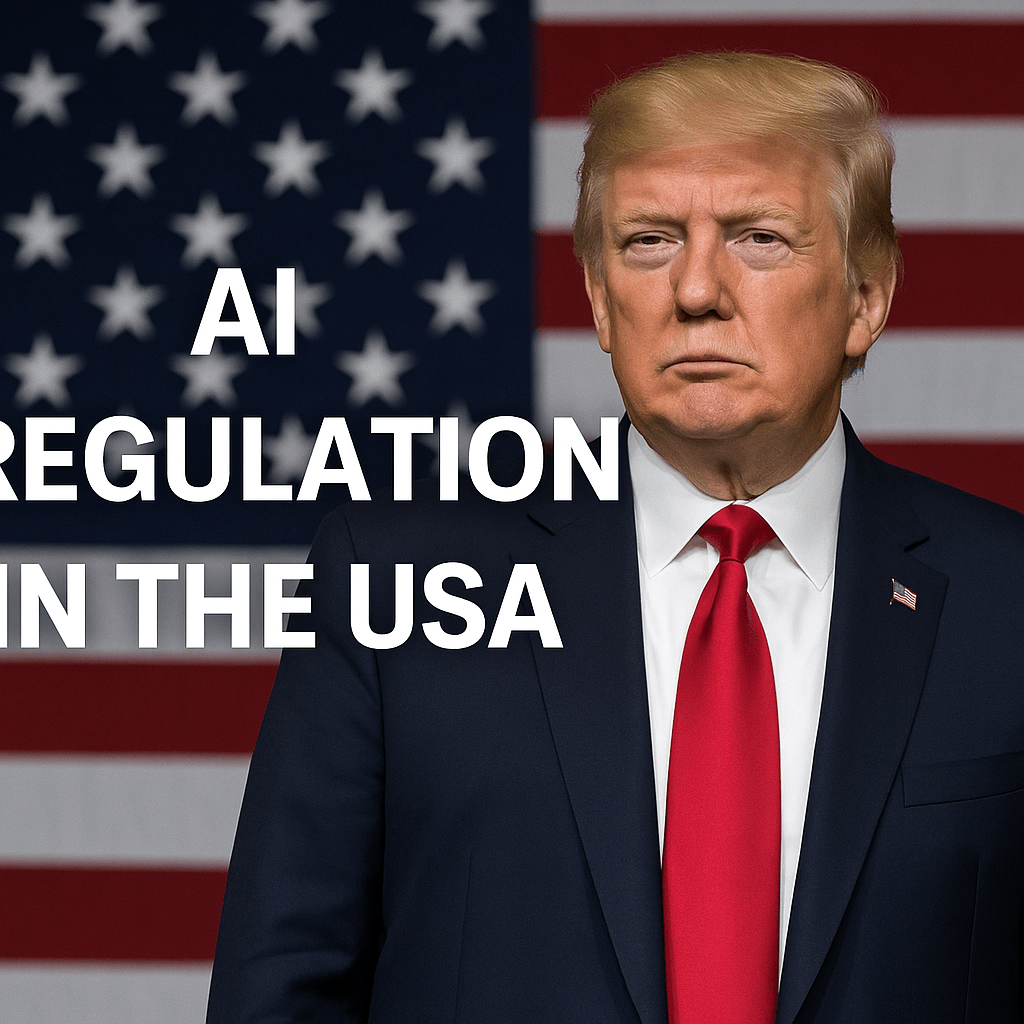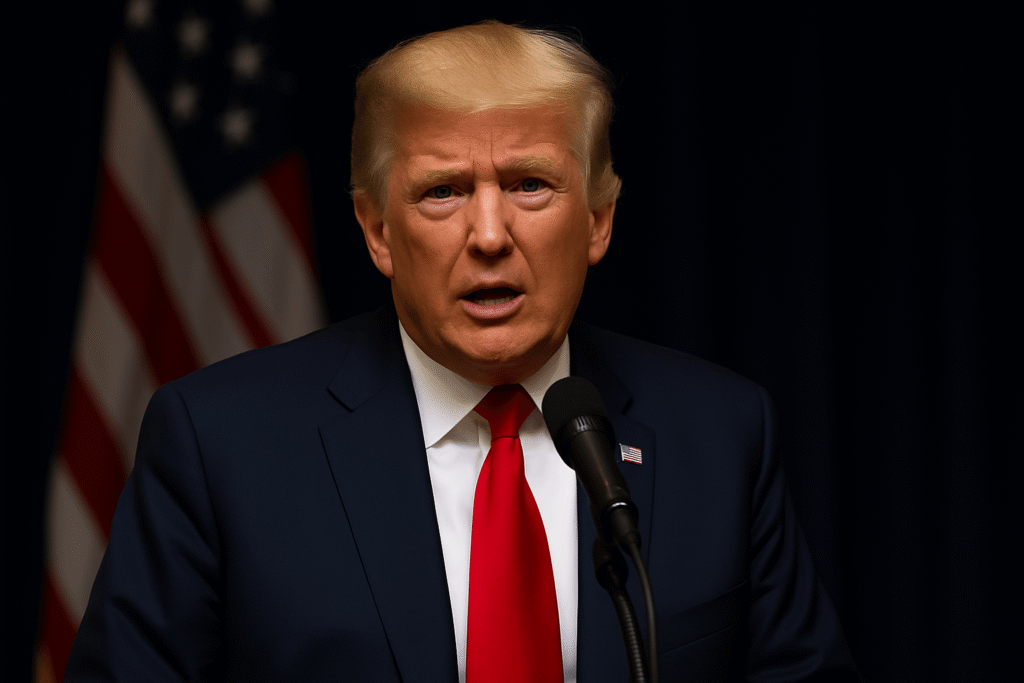
In a sweeping policy shift, the White House has launched the “America’s AI Action Plan,” setting the stage for a transformative future in AI regulation in the USA. Spearheaded by President Donald Trump and backed by three executive orders, the plan signals a new chapter in U.S. tech governance, focusing on deregulation, infrastructure growth, and job creation.
As the global race for artificial intelligence supremacy intensifies, the United States is betting on less regulation, faster innovation, and homegrown talent to regain its edge. The Trump AI strategy doesn’t just tweak existing policy it overhauls it.
Deregulation Takes Center Stage
At the heart of the plan is Executive Order 14179, which rescinds prior frameworks and sets a more flexible regulatory approach for AI systems. This artificial intelligence executive order directs federal agencies to identify and eliminate outdated or innovation-stifling rules within 90 days. The goal is to empower U.S. tech firms to innovate faster without being bogged down by red tape.
Importantly, the order also limits federal funding to states pursuing what the administration deems “overly restrictive” AI policies. This bold step centralizes regulatory power in Washington and discourages a fragmented patchwork of state laws an increasingly hot topic in the ongoing debate over AI policy in the United States.
“We’re not going to let outdated rules hold back American innovation,” Trump said at the White House summit. “This is a historic reset in how we approach AI development.”
This push marks a turning point in the deregulation of the AI industry, reinforcing federal oversight while reducing bureaucratic barriers for startups and tech giants alike.
Infrastructure Investment and Domestic AI Growth
The Action Plan goes beyond policy. It includes major infrastructure initiatives to prepare the U.S. for a future powered by artificial intelligence. As AI computing requires vast amounts of energy and physical resources, the administration is fast-tracking permits for data centers, chip fabs, and energy grid upgrades.
Sources say the plan supports energy from diverse sources, including natural gas, nuclear, geothermal, and even fusion. These investments aim to power not just current demand but the exponential growth forecasted for the coming decade.
Leading the charge is the CHIPS Program Office, playing a critical role in revitalizing American semiconductor manufacturing under the umbrella of the CHIPS Act AI expansion. This ties directly into the US AI jobs plan, as these facilities are expected to generate thousands of high-paying jobs in engineering, construction, and logistics.
A Workforce-First Vision for AI: AI Regulation in the USA

One of the most impactful elements of the plan is its emphasis on the American worker. The administration is funding large-scale technical training programs across skilled trades such as HVAC, electrical, and cyber infrastructure maintenance vital to supporting the physical backbone of AI systems.
This “worker-first” AI development strategy ensures that domestic labor, not outsourced contracts, builds the future of AI. Trump took direct aim at tech firms that have sent jobs overseas, calling out Apple by name and threatening a 25% tariff on iPhones unless manufacturing returns to U.S. soil.
“We’re bringing AI home not just the code, but the factories, the wires, the servers, and the jobs,” Trump emphasized.
The US AI jobs plan is designed not just to support innovation, but to rebuild the middle class around the new tech economy.
Tech Industry Applauds, Civil Groups Push Back
Industry leaders have widely endorsed the plan. Nvidia CEO Jensen Huang praised the government for recognizing AI and energy as interconnected strategic priorities. AMD CEO Lisa Su called it a turning point for American competitiveness, especially with a stronger export strategy that includes AI models, software, and chips.
Business groups such as TechNet and the U.S. Chamber of Commerce also applauded the administration’s willingness to work with the private sector, calling the plan a “milestone in public-private collaboration.”
However, not everyone is celebrating.
Civil rights groups and environmental advocates have raised serious concerns. Critics argue the sweeping federal AI regulation in 2025 removes essential safeguards. Some fear that eliminating ideological and ethical frameworks in AI systems could lead to tools that reinforce bias, reduce accountability, and ignore fairness principles.
Environmental groups are also sounding alarms over fast-tracked energy projects, which they say could bypass environmental review processes and lead to long-term ecological damage.
The administration’s plan to remove DEI-focused risk assessments from AI procurement rules previously a priority under the Biden administration, has especially drawn backlash from civil society organizations.
Global AI Strategy: Competing with China
Beyond domestic concerns, the Trump AI strategy has an unmistakably global ambition. The plan includes an AI export program aimed at providing allied nations with full-stack AI systems, including chips, software, and governance standards. Officials say this will serve as a counterweight to China’s growing AI influence and protect democratic values worldwide.
The White House also confirmed that U.S.-funded AI must align with “objective truth and free speech,” a requirement that will likely spark debate among tech ethicists and international partners.
